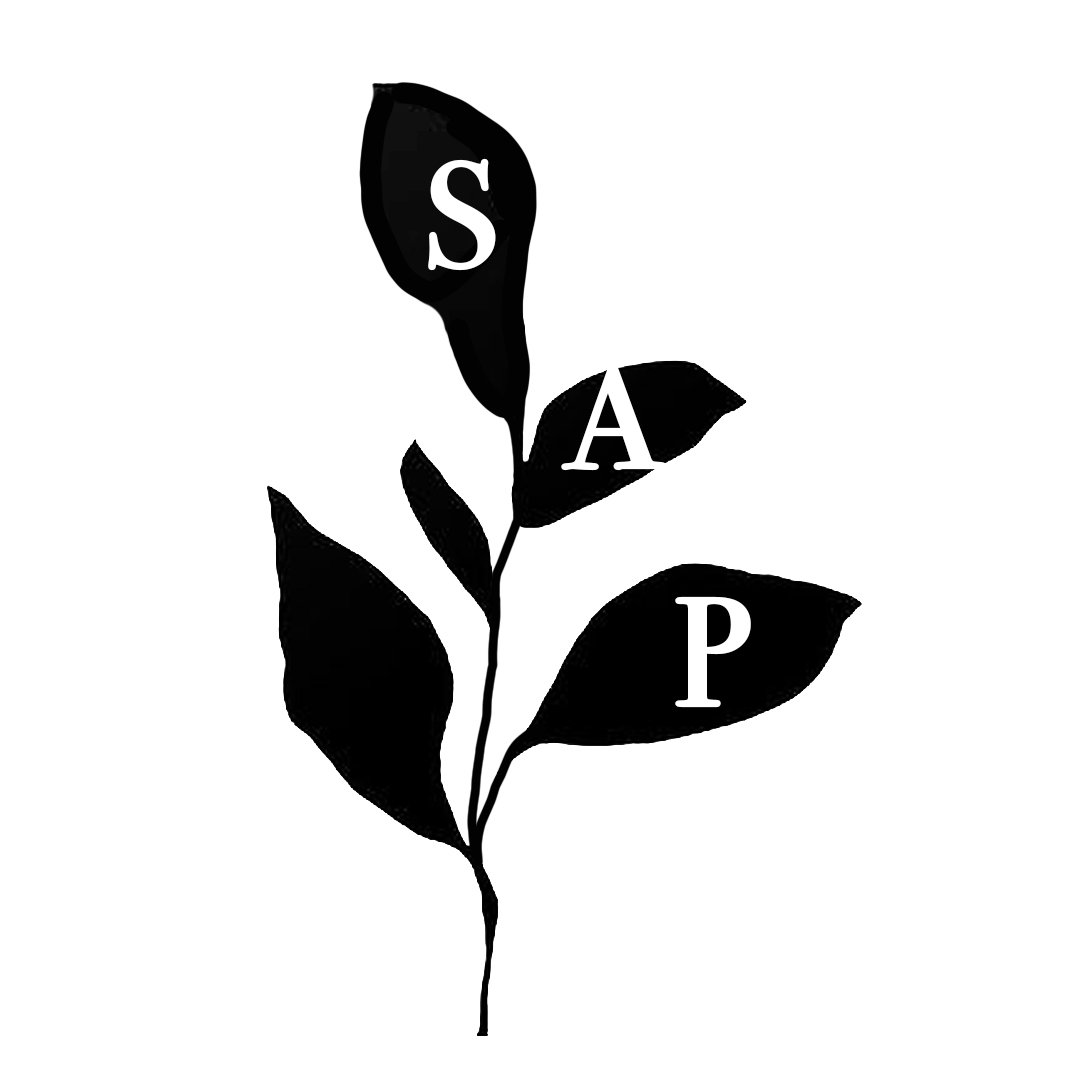Millionen Acres
Frederic Bigras-Burrogano | Edith Brunette | François Lemieux
Opening reception 19 October from 18:00 until 21:00
The exhibition will be available to view by appointment only until 5 November, 2023
For the final exhibition of the year at SAP Space, Millionen Acres, we return to the topic of movement across landscapes, book-ending the beginning and end of the 2023 season with reflections on histories of extraction. In Millionen Acres, the spotlight is on Canada, a place that evokes images of a wilderness seemingly abound with natural resources. The works in this exhibition pokes holes into this pristine image to reveal how centuries of colonial and extractivist practices have left violent traces scarring the Canadian landscape.
Indeed, even now, whether encountering the dramatic Rocky Mountains, the endless prairies in Saskatchewan, or the stunning seascapes of the eastern coast, the vast landmass of we call Canada does feel abundant, even endless. This, however, is precisely the edifice — because, of course, it isn’t. In fact, this collective imagination is itself a product that has been extracted, crafted, and exported, much of it at the expense of the indigenous population.
In his Two Side Of The Same Coin, Frederic Bigras-Burrogano presents an installation of archival material and artifacts placed along a timeline, documenting the history of extractive industries vis-à-vis white supremacist regimes. Through this extensive research, Bigras-Burrogano has also discovered direct ties between the Canadian settler colonial government and the German government of the early 20th century, both of which championed national narratives that hinge on a harmful conception of nature, one that is readily available to plunder for white populations. Not only did the Canadian government actively peddle the romance of an endless landscape (thus the exhibition’s title, Millionen Acres) to European immigrants, this imagery also traveled back to Germany, fueling its own fascist ideologies that equated an unadulterated nature with racial purity.
Edith Brunette and François Lemieux’s video work Going to, Making do (2021) belongs to a bigger body of work, in which the two artists explore landscapes of infrastructure and industry. Many of the sites they visit bear the scars of extractivism, including a nuclear power station under decommission, an arsenic-tainted lake, an asbestos mine, a site on which 72 tank cars filled with crude oil derailed and exploded, amongst others. They collect samples of the tainted landscape, reminding us that the landscape is not merely a backdrop, but is the actual substance of extraction, and that almost everything in our day to day existence is inextricably tied with industries of extraction. In the background of the video, we hear sounds of the transport vehicles, but also birdsong, yet another reminder that other beings must survive in a landscape we have extracted, and in many cases, destroyed.
— text by Ilyn Wong

